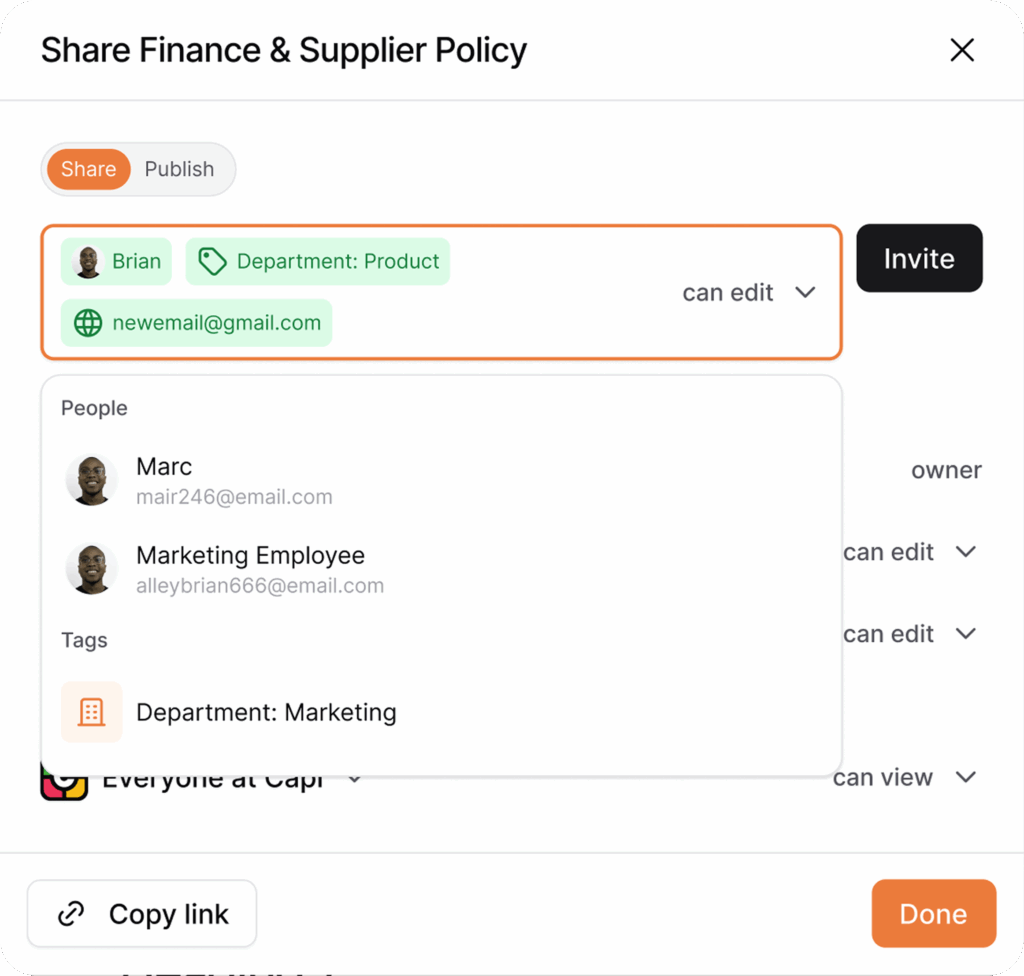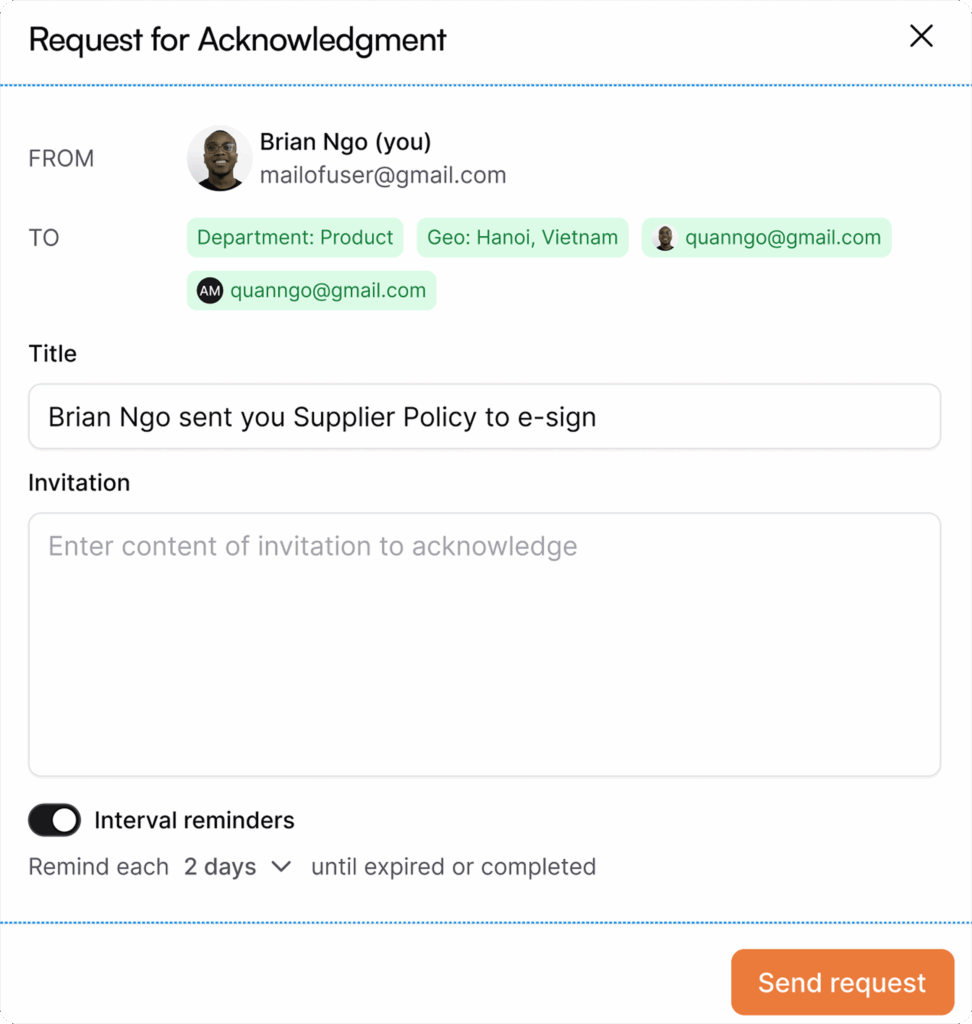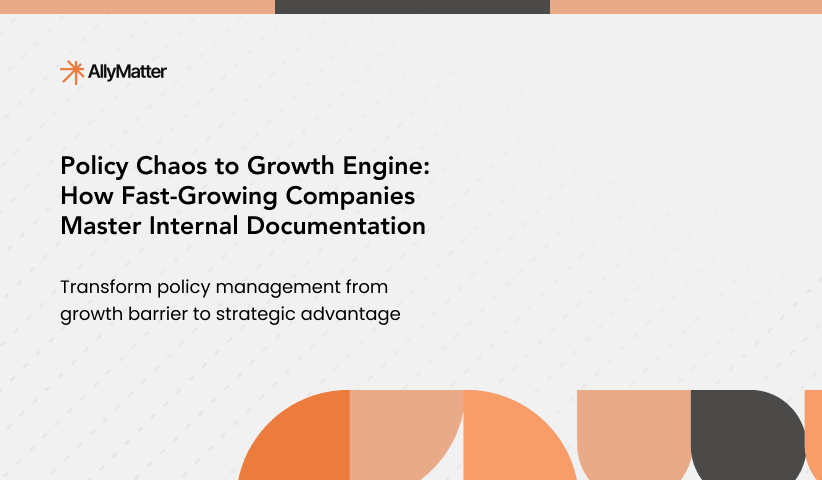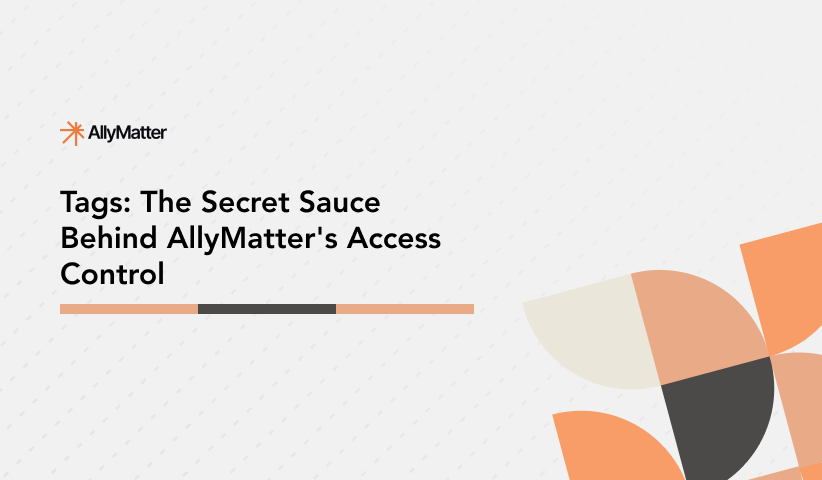IT departments are the backbone of modern organizations, yet they often operate with documentation scattered across wikis, shared drives, and personal notes. When a critical system goes down or a new hire needs to understand your infrastructure, this fragmentation transforms from an annoyance into a serious business problem.
Let’s explore ten practical ways a centralized knowledge management system like AllyMatter can transform how your IT team operates, reducing frustration while improving efficiency and service quality.
1. Centralize system documentation in one searchable hub
Imagine a scenario: Your team needs to restore a critical CRM integration after an update, but the configuration steps are buried somewhere in a shared drive or someone’s email. Sound familiar?
When technical documentation lives in multiple places, your team wastes valuable time searching for information rather than solving problems. A unified internal knowledge base brings all this critical information together:
- Network configurations and diagrams
- Architecture details and system specifications
- Infrastructure documentation
- API integration processes
With AllyMatter, your technical team gains a single source of truth that eliminates the “where is that document?” problem and makes information instantly accessible through powerful search capabilities.

Unlike SharePoint, which often becomes another information silo with complex permission structures, or Google Docs, where documents get lost in endless folder structures, a dedicated knowledge management platform organizes content specifically for searchability and relevance.
2. Standardize troubleshooting with step-by-step protocols
When system issues occur, consistent resolution procedures make the difference between quick fixes and extended downtime. Unfortunately, many IT teams handle recurring problems differently each time because their response protocols exist only in senior team members’ heads.
AllyMatter allows you to create standardized troubleshooting guides that:
- Document proven resolution steps for common issues.
- Include screenshots and technical specifics.
- Provide consistent guidance regardless of who’s on call.
- Reduce mean-time-to-repair for critical systems.
These structured guides transform tribal knowledge into institutional knowledge that remains accessible even when key team members are unavailable or leave the organization.
3. Cut technical onboarding time dramatically
New IT hires often spend weeks learning undocumented systems instead of delivering value. This extended ramp-up period is expensive and frustrating for both new team members and the organization.
AllyMatter, with a comprehensive knowledge base, provides new technical staff with:
- System overviews and architecture diagrams
- Access request procedures and common troubleshooting guides
- Configuration details and technical specifications
- Implementation histories and decision documentation
By creating a structured onboarding path through your documentation, you enable new team members to become productive faster without constantly interrupting senior staff with basic questions.
4. Preserve institutional knowledge despite team turnover
Technical knowledge walking out the door with departing IT staff represents one of the biggest hidden costs for organizations. When key engineers leave, they take years of system understanding with them.
AllyMatter helps you systematically capture critical knowledge:
- System design decisions and their rationales
- Technical workarounds for known issues
- Historical context for configurations
- Undocumented dependencies between systems
The result is dramatically reduced dependency on specific individuals and significantly improved business continuity when team composition changes.
5. Maintain comprehensive access management protocols
Managing system permissions that balance security with operational needs is a constant challenge for IT teams. Without clear access protocols, permissions become inconsistent, creating security vulnerabilities.
AllyMatter’s centralized knowledge base helps document and enforce:
- Role-based access control standards
- User onboarding and offboarding procedures
- Permission elevation processes
- Regular access review protocols

With these procedures clearly documented, your team can ensure consistent application of security principles while maintaining operational efficiency.
6. Document implementation playbooks for new technologies
Deploying new technologies consistently across your organization requires detailed implementation guides. Without them, different team members may configure systems differently, leading to inconsistent results.
AllyMatter provides a structured way to create deployment playbooks that:
- Detail prerequisites and dependencies
- Include step-by-step configuration instructions
- Document testing procedures and acceptance criteria
- Capture known issues and their workarounds
These implementation playbooks ensure consistent adoption of new technologies regardless of which team member performs the deployment.
7. Support disaster recovery planning that actually works
When systems fail, comprehensive contingency plans are essential for rapid recovery. However, these plans are only effective if they’re well-documented, accessible, and regularly updated.
AllyMatter allows you to:
- Document comprehensive recovery procedures
- Include contact information for key stakeholders
- Store configuration backups and restoration steps
- Create system dependency maps for prioritized recovery
With these detailed plans at their fingertips, your IT team can dramatically reduce downtime and minimize business impact when disruptions occur.
8. Break down knowledge silos between technical teams
As organizations grow, IT knowledge often becomes siloed within specific teams or individuals. This fragmentation leads to duplicated efforts and inconsistent approaches to similar problems.
A centralized knowledge platform like AllyMatter helps break down these barriers by:
- Making documentation accessible across teams
- Highlighting dependencies between different systems
- Creating visibility into technical decisions
- Enabling cross-team collaboration on documentation
By fostering this transparency, you can improve coordination between development, operations, security, and support teams while reducing redundant work.
9. Ensure compliance documentation is audit-ready
IT teams face increasing regulatory and compliance requirements, yet often struggle to maintain the necessary documentation. When audit time comes, this results in frantic preparation and potential compliance gaps.
AllyMatter helps you:
- Centralize security protocols and compliance procedures.
- Document evidence of required controls.
- Maintain version history of all compliance documentation.
- Track acknowledgments of security policies.

With organized documentation, your team can respond confidently to audits rather than scrambling to compile evidence at the last minute.
10. Create a foundation for continuous improvement
Without documented procedures, IT teams often solve the same problems repeatedly rather than systematically improving their processes. AllyMatter provides the foundation for continuous improvement by:
- Making current procedures explicit and reviewable
- Documenting the rationale behind technical decisions
- Enabling teams to identify inefficiencies
- Providing a platform to update and enhance documentation
This documentation-driven approach shifts technical teams from reactive firefighting to proactive improvement, ultimately raising service quality while reducing stress.
Transform your IT operations with structured knowledge management
The difference between struggling and high-performing IT teams often comes down to how effectively they manage their collective knowledge. When technical information is scattered across tools, teams spend more time searching than solving.
A dedicated internal knowledge base like AllyMatter transforms how technical teams operate by centralizing system documentation, standardizing procedures, preserving institutional knowledge, and making critical information instantly accessible.
If your IT team is wasting valuable time hunting for information, experiencing knowledge loss when team members leave, or struggling with inconsistent technical execution, it’s time to consider a more structured approach to knowledge management.
Ready to centralize your IT knowledge? Join our waitlist.
Frequently asked questions
How does AllyMatter’s access control work for sensitive IT documentation?
AllyMatter provides granular, role-based access controls that let you set permissions by department, project, or individual document. You can ensure system credentials and security protocols remain accessible only to authorized personnel while keeping general procedures available to broader IT staff. Document-specific permissions add an extra security layer for your most sensitive technical information.
Can AllyMatter integrate with our existing IT service management tools?
AllyMatter’s platform is designed to complement your current IT infrastructure rather than replace it. Our API capabilities and integration options allow you to connect with common ITSM platforms, monitoring tools, and ticketing systems, ensuring your documentation workflow fits seamlessly into existing operational processes.
What happens to our technical documentation during AllyMatter’s implementation?
AllyMatter provides migration support to help transfer your existing documentation from current systems. Our team works with you to map your current information architecture and establish organized structures that improve upon your existing setup. Most IT teams see immediate improvements in findability even during the transition period.
How does AllyMatter’s audit trail feature support IT compliance requirements?
Every document change, access attempt, and approval action is logged with timestamps and user attribution. This comprehensive audit trail helps satisfy regulatory requirements while providing the accountability IT teams need for change management and security compliance. Version history ensures you can demonstrate when and why technical procedures were updated.
Does AllyMatter support the complex technical formatting IT teams need?
Our WYSIWYG editor handles technical documentation requirements including code snippets, network diagrams, and system screenshots. You can embed charts connected to data sources, create responsive layouts that work across devices, and organize complex technical information with custom tags and metadata for precise categorization.


